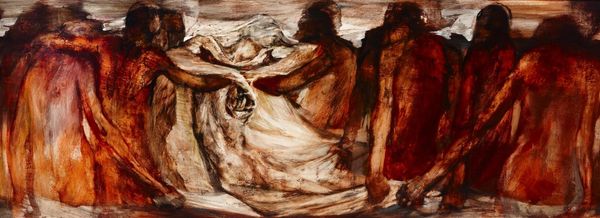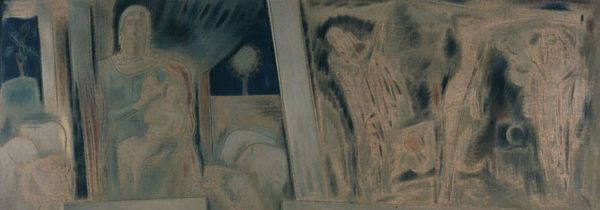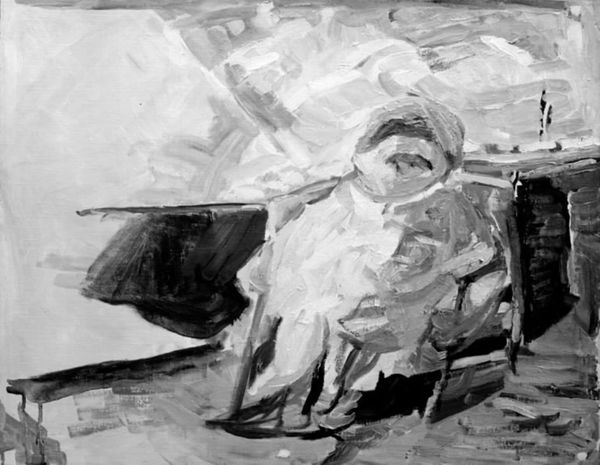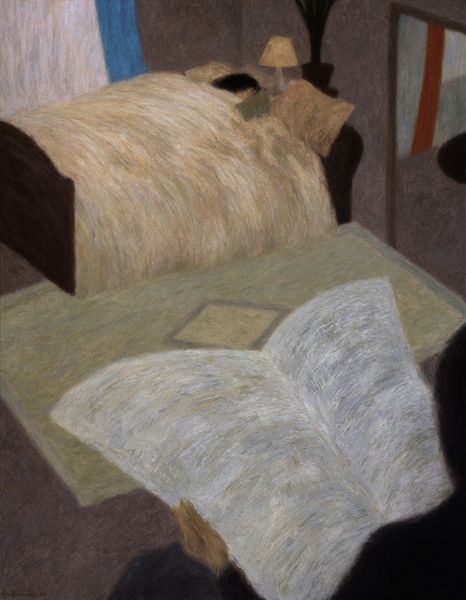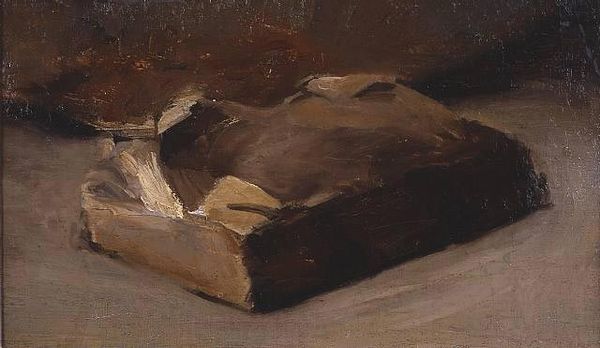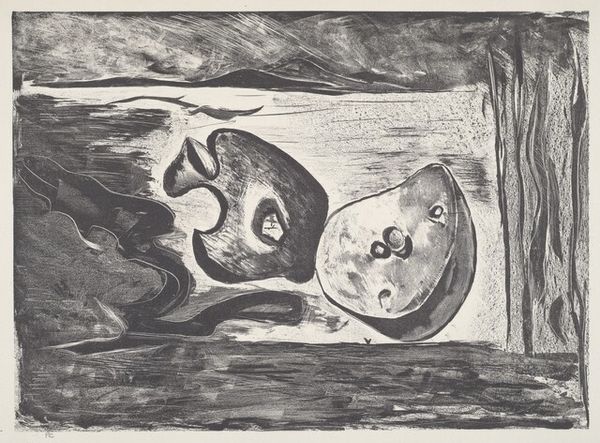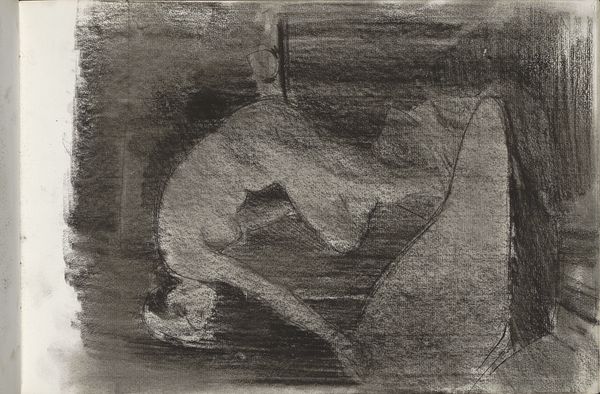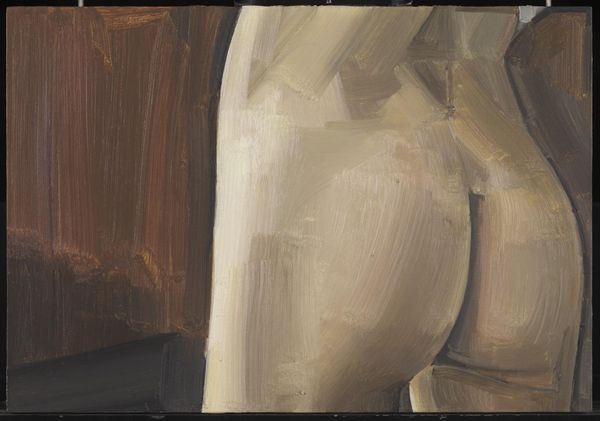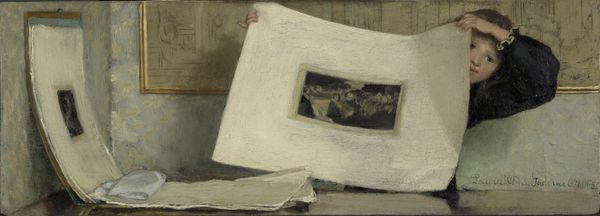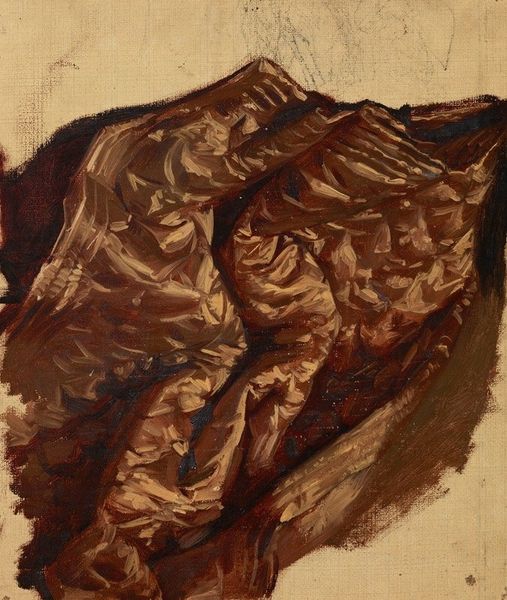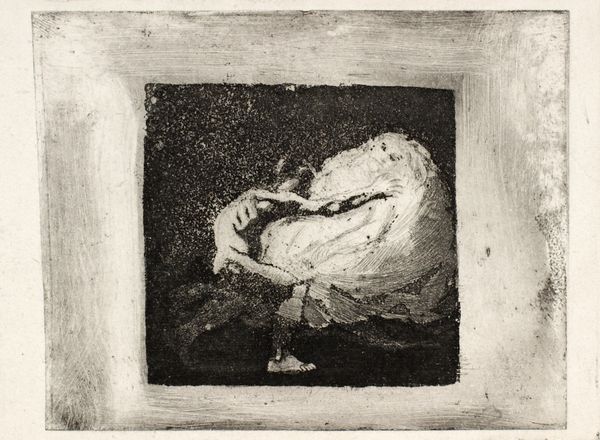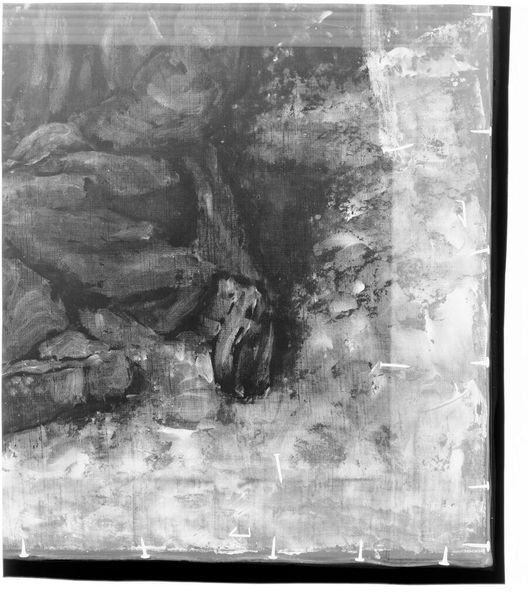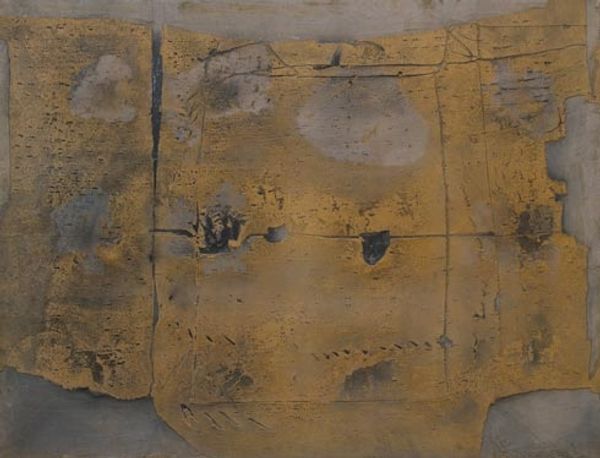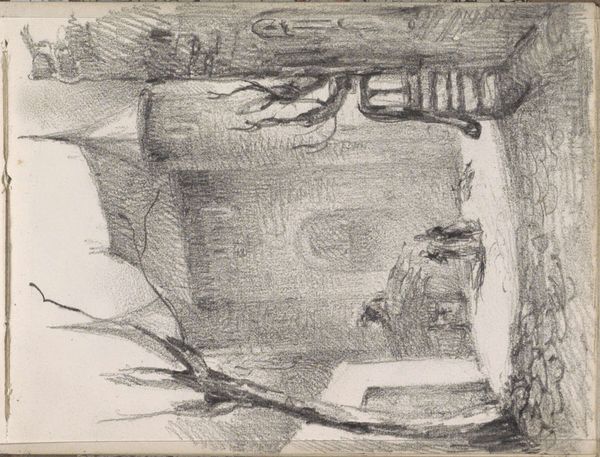
painting, oil-paint
#
painting
#
book
#
oil-paint
#
oil painting
Copyright: Lucian Freud,Fair Use
Curator: Lucian Freud's 1992 painting, "Still-Life with a Book," crafted in his signature thick oil paint style. What strikes you most immediately? Editor: The overall drabness and muted color scheme evoke a somber, contemplative mood. Everything looks so… heavy. What is that weighty-looking mass next to the book? Curator: The…weighty mass…seems to be an amorphous piece of fabric or maybe even just a discarded rag, carelessly tossed aside. It is a stark contrast to the formal connotations that a still life painting of books usually offers. Freud seems determined to highlight the materiality and sheer physical bulk of the elements in a blunt, almost crude manner. Editor: Exactly! And it reminds me of the historical context of such discarded objects in post-war economies: it almost reads as an aesthetic decision deeply linked to economic austerity and its impact on artistic production and consumption of materials. Think about his subjects: Freud consistently engaged with bodies marked by lived experience, both physically and psychologically. Does this interest in the object tell a similar story? Curator: Indeed! The book, or the representation of books within the painting, presents an interesting point. Notice how he deliberately emphasizes its materiality and weight, almost to the point where its presence disrupts the visual comfort expected in conventional representations. I mean, the oil paint itself is laid on so thick and palpably, drawing your attention to his deliberate action, rather than some pre-ordained representation of literacy, power, or enlightenment associated with "the book." It also draws attention to the artist as laborer. Editor: But is there some element of subversion here as well? Still-life as a genre has traditionally excluded representations of everyday existence and experiences; by showing this, does Freud reveal an intentional and rebellious artistic action aimed at elevating commonplace realities through these objects, like his other figurative works of humans, which are rarely perfect, always lived? Curator: Perhaps! The thick application embodies both defiance towards established artistic norms but also speaks volumes of Freud’s engagement with, and understanding of, the medium. It feels brutally honest. Editor: It invites a dialogue between those historical traditions that are being contested here within this depiction, doesn’t it? Thanks, it gives a great insight into understanding how the mundane tells profound and challenging stories of everyday life.
Comments
No comments
Be the first to comment and join the conversation on the ultimate creative platform.
